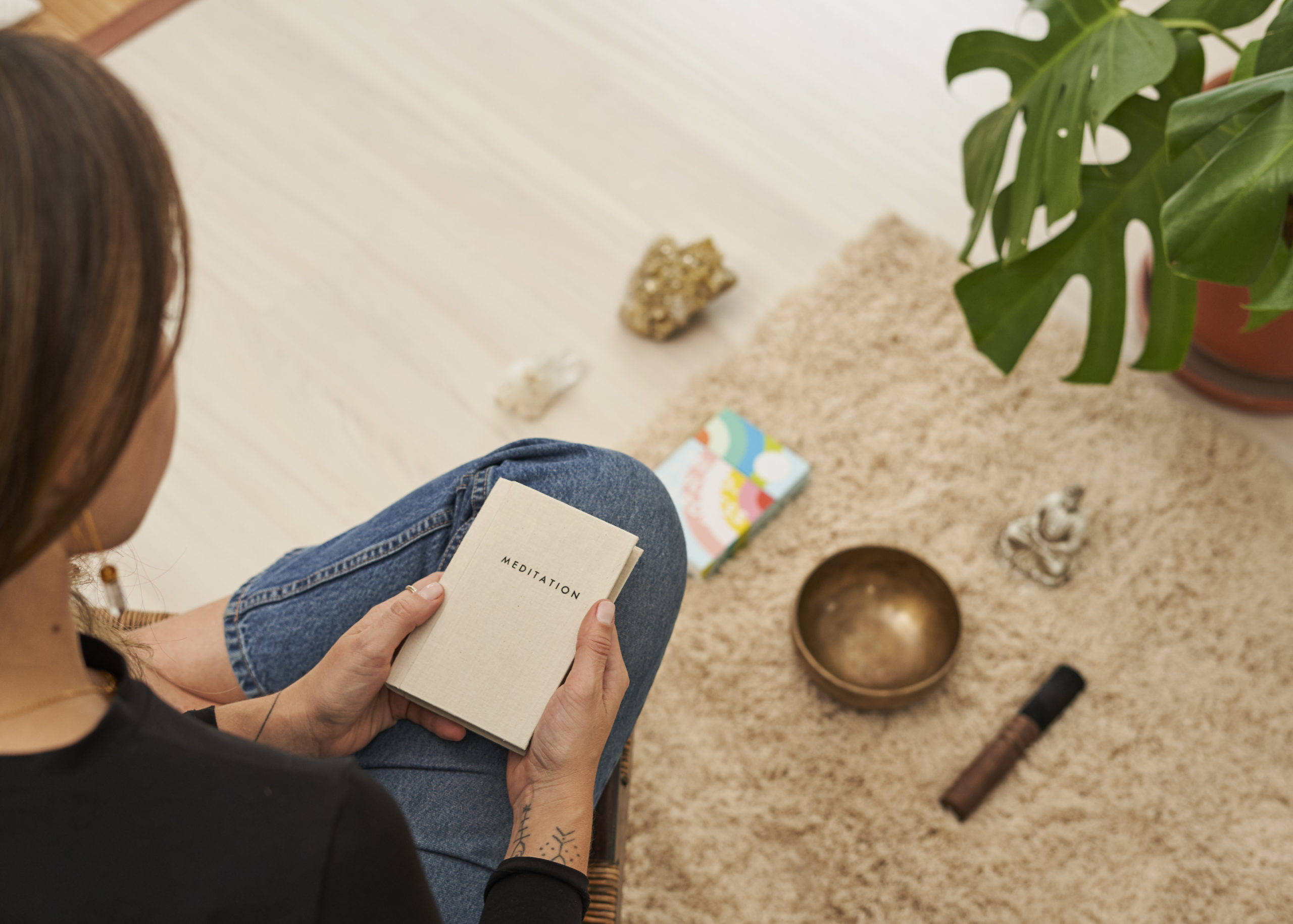X
Currency:

This article was published on: 10/1/20 10:00 AM
THE ART OF MINDFUL LIVING
At this point, the word ‘mindfulness’ it’s mainstream. We all have heard about the power of this practice in helping manage stress, boost the immune system, and reduce the fight or flight mode. Gyms are offering yoga classes and even the largest companies are providing meditation mentorships. From kid’s school to corporate, mindfulness seems to be everywhere.
The truth is that the practice of mindfulness is not new. In fact, it has been alive for thousands of years, originally coming from Buddhist traditions.
Science has backed up this ancient technique now with data that shows that the mental state achieved by this practice has a positive impact on the human brain, and therefore, on our overall human experience.
But what is mindfulness really about?
Mindfulness is a state where you experience the world directly, without judgment or personal interpretations. When you bring your awareness into the present moment, you allow your senses to become totally alert and alive, fully absorbed in what is going on. This direct experience enables the brain to obtain more information about an event and get a real taste of the reality of it.
Detached observation cuts off self-implemented limitations and enables us to become more flexible in how we respond to situations. Noticing when we are adding our own interpretations and assumptions or when the build-up of likes and dislikes and conditioning from the past kicks in, will leave us only with neutral information to deal in real-time. As we start tuning in with unconscious processes, we will be ready to acknowledge and accept our emotions, feelings, and sensations in a more calm manner.
Now, there is so much confusion surrounding the word ‘mindfulness’ and that is the main reason we found ourselves limited at the time of the practice. Cultivating mindfulness doesn’t mean watching your breath in a cross-legged position surrounded by total silence. There are as many methods as people in the world, and the key is striving with dedication in a practice that suits your lifestyle. Some prefer dynamic practices in which breath and bodily sensations draw awareness, while others may enjoy stillness and meditation.
Establishing a time to practice mindfulness will help build a regular practice eventually, but there is a very powerful route to evolve in the practice real quick: finding the moments between the moments every day. Bringing that intentionality to everything we do, even to the simplest daily tasks, helps us slowly move from routine to ritual.
How to transcend routine and implement little daily rituals? We have some examples of ordinary things we all do every day that can be transformed into artistic moments:
RITUAL OF COOKING – Preparing the food that will nourish you with awareness helps value and enhance the power of its healing properties. Handle every piece of produce with care, smell them, feel their texture and intuitively you will find new yummy ways to combine ingredients.
RITUAL OF EATING – Take a deep breath before biting into that delicious meal in front of you. Observe every single ingredient that compounds the dish, and appreciate their origin, the work involved, the people that helped it grow, the soil that has granted their nutrients. Be grateful for it.
RITUAL OF CONVERSATION – Being part of an exchange of view sometimes can be challenging, and this a great training of mindfulness. Listening attentively to the person talking to us, without an internal narrative going on in the background of our minds, helps us grab what the other person is trying to express in a clean and simple form. Do not try to respond or react to other’s words, but search for sense and intention behind them. Ask those questions that will make you understand the other’s position better. Empathy is a powerful tool.
RITUAL OF DRESSING– Choosing what to wear can sound superficial or even a privilege, but the truth is that we all wear clothes, and is another way of expressing a layer of ourselves. We are always changing, and so it is the way we want to dress to feel more like the person we are at a specific time. Clothes are external, but they have indeed the power to express how we feel internally.
RITUAL OF CONTEMPLATION – Surely it’s not all about doing, performing, or achieving. Actually, whenever possible, stop anything you are doing and just observe. Noticing the beautiful things in life in order to reflect that positivity in you will make you capable of keeping those qualities and use them to make a greater impact on others too. Journaling can be part of this beautiful practice.
Article by Annamaria V. Gordobil